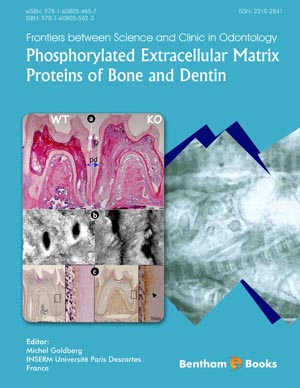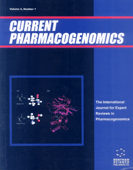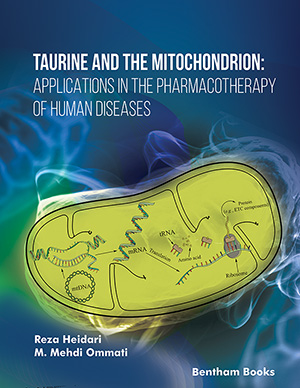Abstract
Osteopontin OPN] has originally been identified from various sources, but initially research focused on its role in mineralization and bone homeostasis and remodelling. This work has established a critical role for OPN in regulating the mineralization of calcium phosphate, the inorganic component of most mineralized tissues such as bones and teeth, but also in bone resorption and in pathological calcifications such as atherosclerosis or urinary and kidney stone. The role of posttranslational modifications and proteolytic processing has been studied in some detail, and OPN has been recognized as an integrin-binding protein that is involved in multiple biological processes such as arterial calcification, cardiovascular disease, inflammation and cancer. An intracellular form of OPN, which may mediate distinct biological functions of the molecule, has been discovered. OPN was found to be directly involved in regulating inflammatory and immune responses in a vast number of pathologies, as well as the progression and metastasis of many cancers. Spurred by discoveries in the last decade, therapeutic, diagnostic and prognostic approaches have been developed, and OPN is arguably the SIBLING that receives the most attention from many areas in biomedical research outside the mineralized tissues. In this chapter we attempt to provide a general overview of the many new roles of this non-collagenous protein.
Keywords: Osteopontin, mineralization, pathological calcification, integrinbinding protein, inflammation, cancer.






















